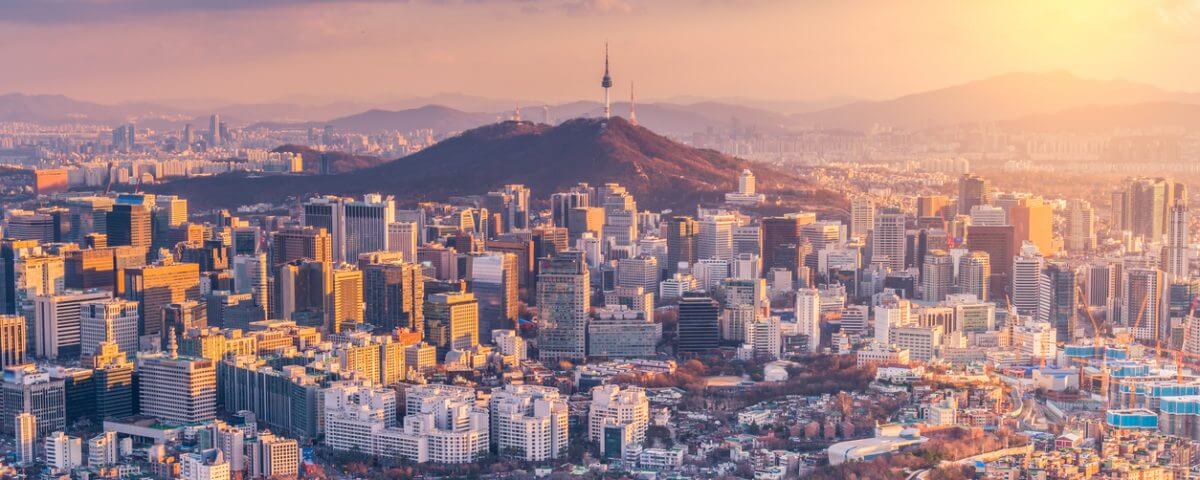
Logistics Tips for Small Businesses
April 18, 2018
What is a “Through Bill of Lading”?
April 23, 2018The Port of Busan in South Korea


The Port of Busan, South Korea is the fifth busiest port in the world. In 2017, more than 21 million TEUs of cargo bussed through Busan. This is the first time Busan exceeded 20 million TEUs. Chances are good if you’re shipping from South Korea, your goods will pass through Busan.
A Modern, Focused Port
This ranking makes the Port of Busan busier than the ports of Hong Kong, Dubai, and Rotterdam. Only three ports in China and that of Singapore were busier. With a population of 3.6 million, the city of Busan itself is South Korea’s second-largest after Seoul.
Busan is primarily a container port. By dedicating its focus this way, it can maintain sterling efficiency on containerized cargo. Fully 80% of South Korea’s container traffic utilizes Busan.
This means that Busan allows Inchon and Pyongtaek to handle a great deal of car shipping from South Korea. Car shipments by container usually flow through Busan, whereas car shipping from South Korea done by roll-on / roll-off tends to flow through the other ports.
When industrial and construction equipment is broken down to fit in (and be protected by) container, these usually flow through the Port of Busan as well. This suits South Korea well, as South Korean businesses are often modernizing their equipment and capabilities.
A Transshipment Superstar
It also allows transshipment of cars, construction equipment, and many other containerized goods through the Port of Busan. In fact, South Korea is pursuing a plan to make Busan the #2 transshipment port in the world.
This is done through backing infrastructure improvements and streamlining operations even further at the port. Busan chiefly handles transshipment cargo moving to or from China, Japan, Russia, the Americas, and Australia.
When shipping from South Korea, containerized cargo is safe in Busan. The port is efficient and easy to work with. This makes it ideal for container cargo, whether shipping to or from South Korea, or to points beyond.
